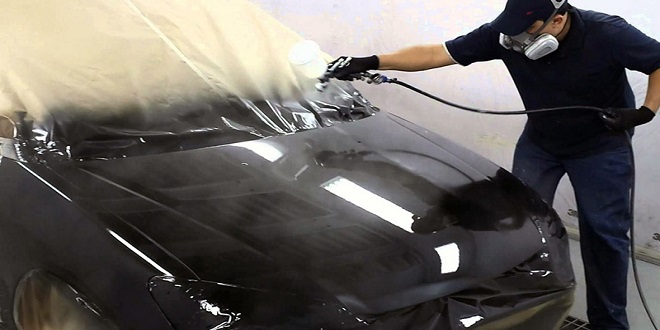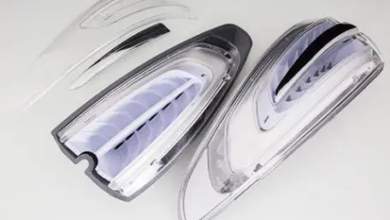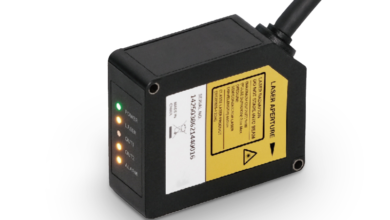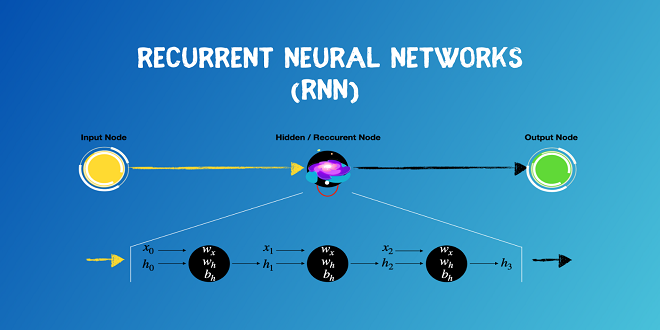Selecting And Using A Paint Gun For Automotive Refinishing

This painter is using a pressure-pot system. Pressure pots are great for really large projects but are usually overkill in automotive projects, even a full-size car such as this 1964 Ford Galaxie. The long hoses can be a challenge to clean but are worth it on large jobs. Story and photos by Tim Garrett aint are probably the first feature people immediately notice on a vintage vehicle. In order to get the best paint results, it is necessary to have the right tools for the job. There are a number of paint spray gun types on the market and in this article, we’ll describe the styles and their uses to the hobbyist.
One of the things to take into account when selecting a paint gun is the type of material that will be going through it. It’s important to have separate guns for primers and colors. Primer is thicker than paint and requires a larger tip size to get the proper film build.
Regular build A high build primer needs to be sprayed through a 2.0 tip size. Primers can be thinned with a urethane-grade reducer, but adding too much reducer cuts the film build. If it becomes necessary to add a lot of reducers to get the primer through the gun, then it is time for a larger tip size
Siphon-feed guns
The most common siphon-feed gun is the legendary Binks #7 design. This gun has been copied endlessly and import versions are available everywhere from Harbor Freight to Walmart. The only thing to keep in mind with the economy-grade copies is that the cheapest versions are almost always “one-use wonders,” at best. It is hard to purchase a decent siphon-feed gun for less than $40.
Siphon-feed guns use additional air pressure to pull the paint up from a siphon tube in the cup below the gun. This means there is more over-spray with a siphon-feed gun than with an HVLP, and therefore more wasted material. It is also hard to use up the last of the material that is in the cup — another disadvantage to the siphon feed. Paint often sloshes away from the siphon tube, which causes spitting and sputtering. Top-feed guns don’t have this problem, because the paint falls from the cup into the spray chamber via gravity.
Pressure-pot guns
Pressure-pot guns are built similar to siphon gun heads but have hoses leading to a large-capacity pot that sits on the ground. These systems are most commonly used when painting very large projects that require a lot of paint to be mixed at once. Since most hobbyists won’t ever need this feature, there’s little reason to go with a pressure-pot design.
Setting up the gun
Once the style of gun is selected and the type of product to be sprayed is selected, it’s time to actually set up the gun. The settings for most paint guns are pretty close to the factory, and seldom are the adjustments set all the way to one extreme or the other. The paint gun will come with instructions, but there’s trial and error involved in adjusting the gun as well. Testing and practice are both important when setting up a gun.
The Women Delusion Calculator is constantly evolving with advanced features. Future developments will focus on enhancing user experience. Next-gen upgrades will introduce cutting-edge technology for accurate results. The calculator is expanding its scope to include other demographics, catering to a wider audience.




